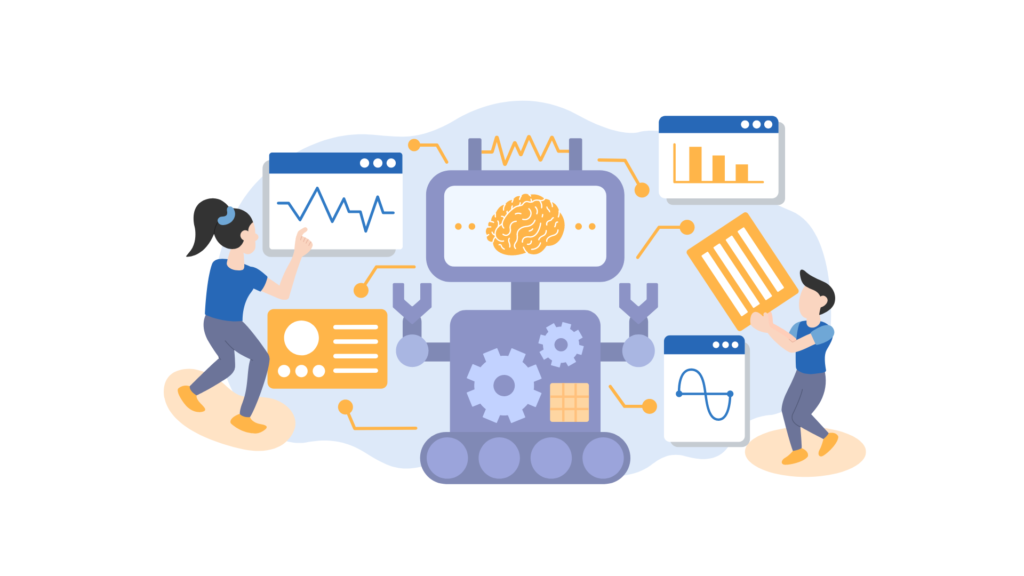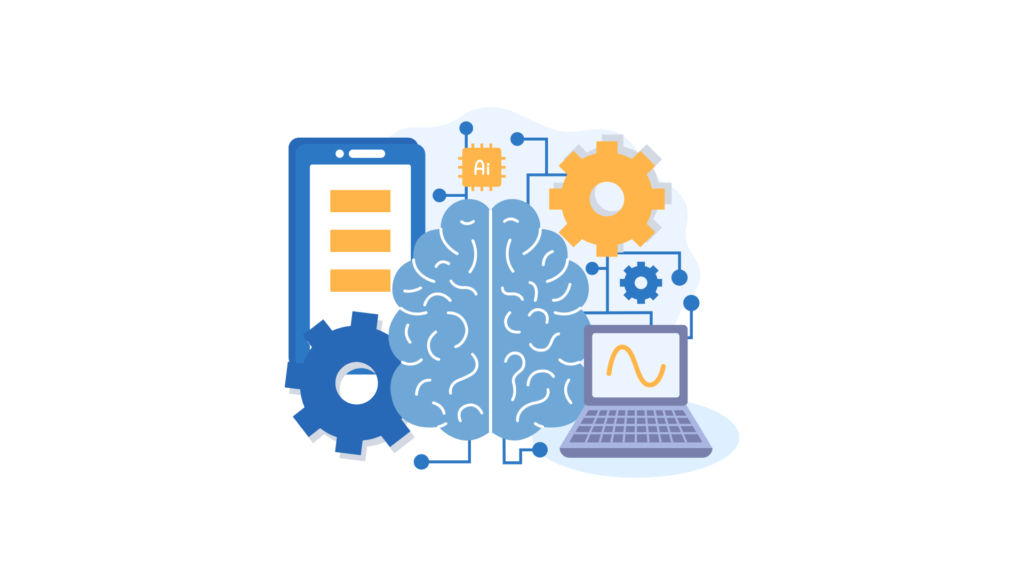
In the rapidly evolving world of artificial intelligence (AI), machine learning and deep learning represent groundbreaking approaches that are transforming industries, enhancing decision-making, and reshaping our understanding of data. Despite being used interchangeably, machine learning and deep learning are distinct in their capabilities, applications, and complexities. This blog delves into the nuances that differentiate these two powerful technologies, offering insights into their unique characteristics and the roles they play in the advancement of AI.

Machine learning is a subset of AI focused on building systems that learn from data, identifying patterns to make decisions with minimal human intervention. It encompasses a variety of techniques, including decision trees, support vector machines, and neural networks, among others. Deep learning, a subset of machine learning, takes inspiration from the human brain’s architecture to create deep neural networks. These networks process information through layers of neurons, enabling the system to learn complex patterns in large datasets.
One of the key differences between machine learning and deep learning is their data requirements. Machine learning algorithms can often work effectively with smaller datasets, making them suitable for applications where data collection is challenging. Deep learning, on the other hand, thrives on large volumes of data. The performance of deep learning models generally improves with the amount and diversity of data, enabling them to achieve higher accuracy levels in tasks such as image and speech recognition.
Deep learning models are inherently more complex than most machine learning algorithms. This complexity allows deep learning to model high-level abstractions, making it exceptionally powerful for tasks involving unstructured data, such as natural language processing and computer vision. However, this complexity comes with increased computational demands. Deep learning models require significant processing power, often necessitating the use of Graphics Processing Units (GPUs) to train efficiently, whereas many machine learning models can be trained on conventional computer systems.
Machine learning models, especially those that are not based on deep neural networks, tend to be more interpretable than deep learning models. The decision-making process in machine learning can often be traced and understood, which is crucial in applications where explainability is important, such as healthcare diagnostics and financial forecasting. Deep learning models, due to their intricate network architectures, are often considered “black boxes,” with the decision-making process being less transparent and more challenging to interpret.
Machine learning and deep learning are both integral components of AI, each with its strengths and areas of application. While machine learning offers versatility and interpretability, deep learning excels in handling vast amounts of unstructured data, driving advancements in fields like autonomous vehicles and real-time translation. Understanding the distinctions between these technologies is key for businesses, developers, and researchers to leverage their potential effectively, paving the way for innovative solutions that will continue to shape our digital future. You can learn more about these topics in our upcoming blogs and courses.
